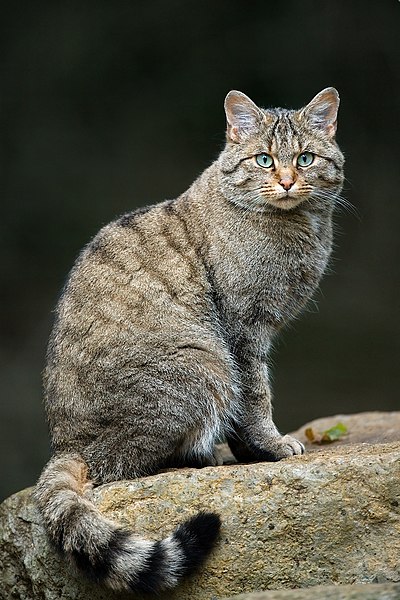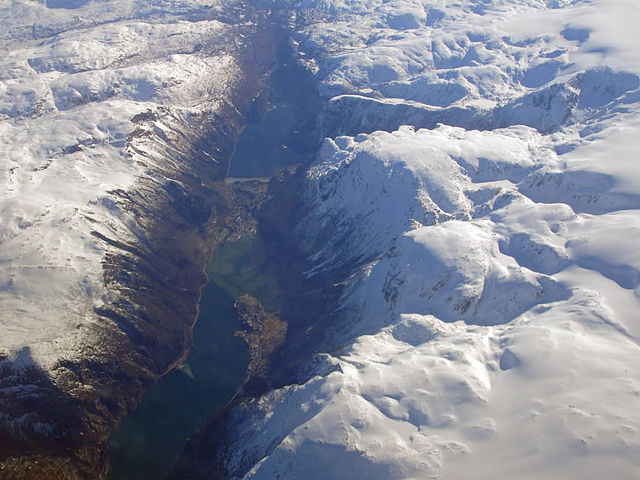We counted to 100 in Russian, let's keep going!
200 двести (dvesti) - sounds like d-veh-stee 文A
300 триста (trista) - sounds like t-dee-stah 文A
400 четыреста (chetyresta) - sounds like ch-eh-tee-dreh-stah 文A
500 пятьсот (pyat'sot) - sounds like pyat-soh-t 文A
600 Сшестьсотто (shest'sot) - sounds like sh-eh-st-soh-t 文A
700 семьсот (sem'sot) - sounds like sem-soh-t 文A
800 восемьсот (vosem'sot) - sounds like voh-sem-soh-t 文A
900 девятьсот (devyat'sot) - sounds like deh-v-yah-t-soh-t 文A
And here are some of the even bigger numbers!
And here are some of the even bigger numbers!
one thousand тысяча (tysyacha) - sounds like tee-s-yah-chah
one million один миллион (odin million) - sounds like oh-dee-n mee-lee-oh-n
one billion один миллиард (odin milliard) - sounds like oh-dee-n mee-lee-a-rd
one trillion один триллион (odin trillion) - sounds like oh-dee-n t-dee-lee-oh-n
one google один гугл (odin gugl) - sounds like oh-dee-n goo-ghel

(from: wikipedia - russian academy of sciences)
Norwegian: to hundre, tre hundre, fire hundre, fam hundre, seks hundre, syv hundre, åtte hundre, ni hundre
Greek: διακόσια (diakósia), τριακόσια (triakósia), τετρακόσια (tetrakósia), πεντακόσια (pentakósia), εξακόσια (exakósia), επτακόσια (eptakósia), οκτακόσια (oktakósia), εννιακόσια (enniakósia)
ASL: two hundred, three hundred, four hundred, five hundred, six hundred, seven hundred, eight hundred, nine hundred
Italian: duecento, trecento, quattrocento, cinquecento, seicento, settecento, ottocento, novecento
German: zweihundert, dreihundert, vierhundert, fünfhundert, sechshundert, siebenhundert, achthundert, neunhundert
Spanish: doscientos, trescientos, cuatrocientos, quinientos, seiscientos, sietecientos, ochocientos, novecientos
French: deux cent, trois cent, quatre cent, cinq cent, six cent, sept cent, huit cent, neuf cent







